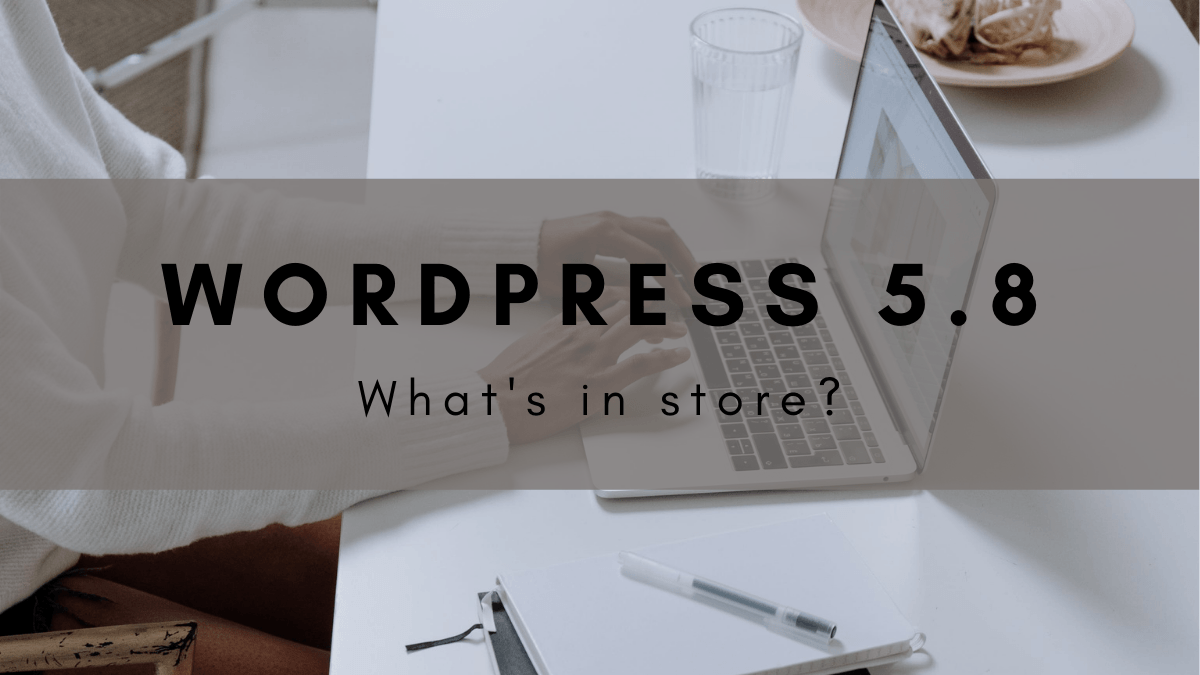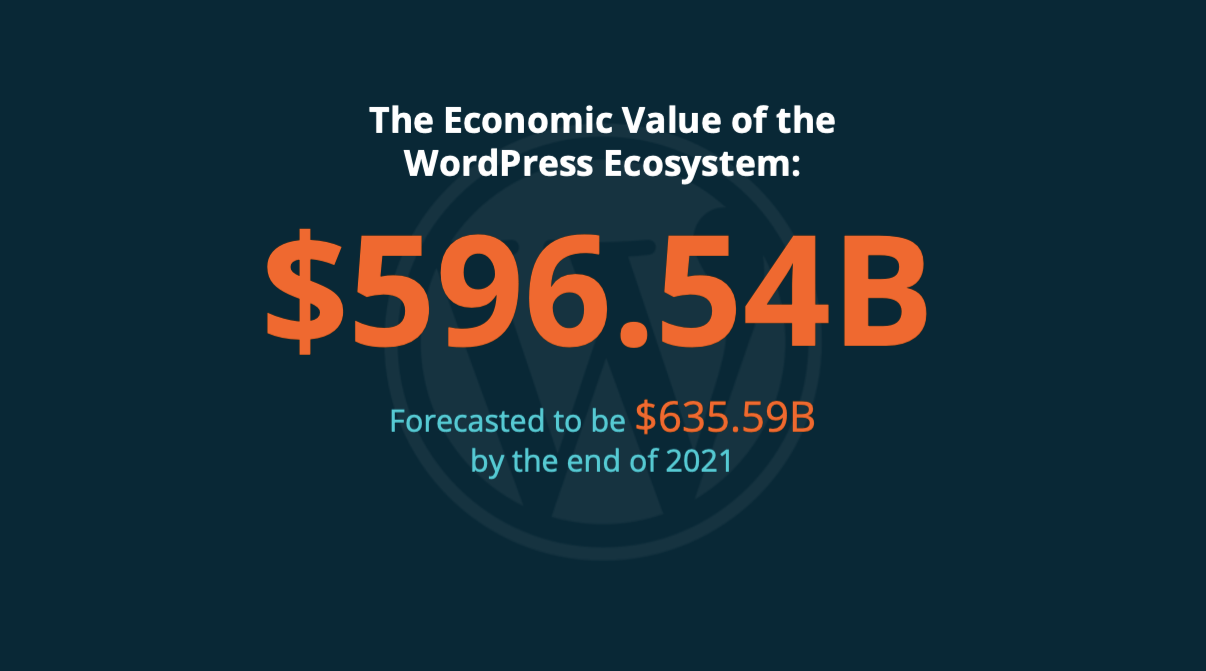Since Satya Nadella took his place at the helm of Microsoft last year, following Steve Ballmer’s departure from the role, the new chief executive has made numerous positive changes. In January 2014, shortly after his new role was announced, he made his first big move by announcing Microsoft Office for iPad, bridging the often turbulent gap between Microsoft and Apple.
His bridge-building hasn’t stopped there, though, as he’s gone on to cultivate a new relationship between Microsoft and WordPress, ringing in a fascinating new era that’s set to show exactly what the two computing megagiants can do when they work alongside each other.

Microsoft’s cloud-based hosting platform, Microsoft Azure, is one of the latest to join the competitive ranks of WordPress hosting options. Allowing users to rapidly create and release websites, web applications and utilise storage and backup options in the cloud, Microsoft Azure is a serious competitor and its rise to popularity reflects that. One of the biggest strengths is the ability to set up a high quality WordPress blog within minutes – and we all know how important speed is in today’s world of instant gratification.
In case any WordPress users are dubious about the ongoing relationship between Microsoft and WordPress, Matt Mullenweg had the following to say about WordPress and an earlier version of Microsoft Azure:
‘This week I had a unique opportunity to appear at Microsoft’s Professional Developer Conference in Los Angeles, to demo four open source technologies — WordPress, Apache, MySQL, PHP — running on Microsoft’s new EC2 competitor called Azure.
WordPress and Windows Azure probably aren’t the first two things you’d think of together. WordPress has been free and open source software from the very beginning, Windows not so much, but we’ve always supported as many platforms as possible and for at least 4 years now you could run WP on Windows and IIS (Internet Information Services).
Choice and competition are great for spurring innovation and better for users and I believe open source software is a good thing even if it’s on a proprietary platform. (Just like we have an open source iPhone application, or encourage people to use Firefox on Windows.)’
In addition to this, Microsoft Azure is one of WordCamp Europe’s administrator sponsors this year, which only serves to further integrate the brand with the WordPress community, only this time on a more personal level rather than a corporate one.
In another move to reflect Nadella’s collaborative relationship with WordPress and its users, the new news.microsoft.com site was brought to life by WebDevStudios, one of the premiere WordPress development and design teams.
Finally, Microsoft recently announced a new partnership with WordPress that is set to make it much simpler to transfer OneNote documents to WordPress. They’ve released a free, new plugin, OneNote Publisher, to WordPress.org, which inserts a OneNote button into the WordPress editor and allows users to search for specific OneNote documents to be published on their WordPress site.
Microsoft’s positive new approach to WordPress has made many users look at how they can utilise the benefits of both Microsoft and WordPress in their online lives. In fact, late last year we posted on this very blog about how it’s possible to loop WordPress into a Microsoft environment.
Is it the fact that Satya Nadella fully embraces open source software that’s helped the relationship? Or his willingness to work with other companies to bring Microsoft to new audiences? We’re not sure yet, but one thing we are sure of is that, with Nadella calling the shots, we’re likely to see many innovative releases from Microsoft in the future, if what he’s achieved so far is anything to go by.


